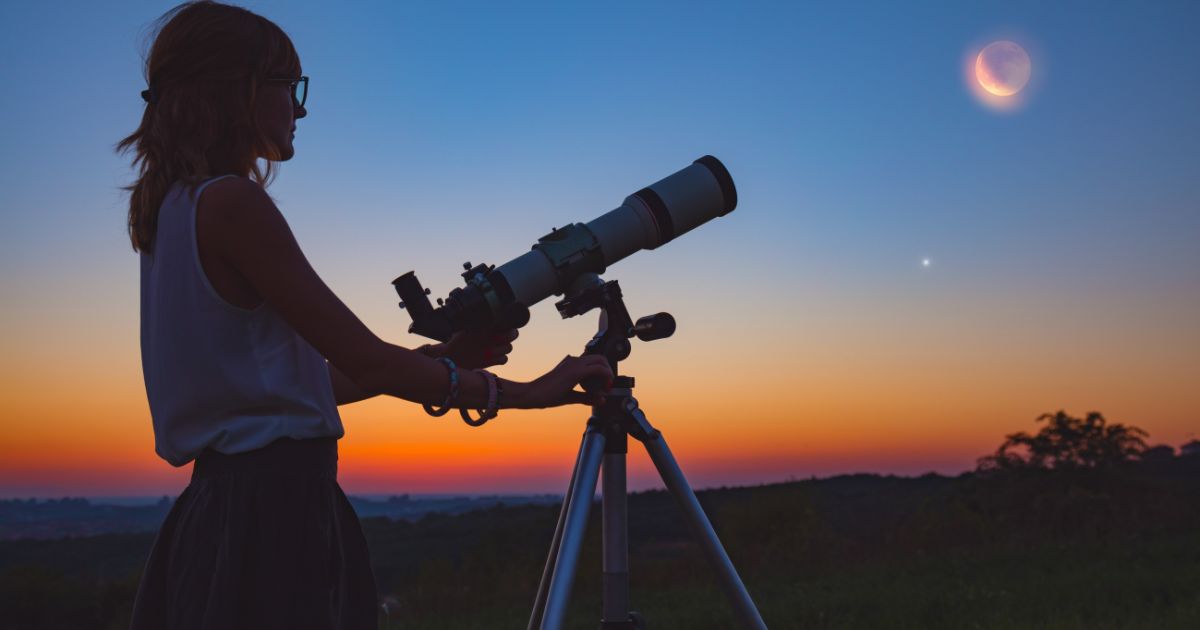With all the hi-tech gear in the hands of professional astronomers you would think that amateurs should fold up their telescopes and read about professional discoveries. But amateurs are still a crowd to be reckoned with.
On November 7, three amateurs discovered a new interloper to our solar system. Named Comet Machholz-Fujikawa-Iwamoto after its three discoverers (with the more prosaic title of C/2018 V1) it is getting closer and brighter. See its image at https://s22380.pcdn.co/wp-content/uploads/Machholz-comet-Nov-11-Michael-Jager.jpg. At its closet to Earth it will still be a whopping 100-million km. Although it’s still too faint for most people to see it, the fact that amateur astronomers are still in the comet-finding game is refreshing.
Don Machholz, from Cofax California, has now discovered a dozen comets in his life, yet he continues to keep his eye, and his telescope skyward. In the past, amateurs topped the list of comet discoveries because professionals focused on specific research projects. Whereas amateur observers were less deliberate, and let the sky put on the show for the night.
Now there are large, dare I say enormous, computer-controlled telescopes that continually survey the sky. So although the chances are low that a lone amateur will beat them to the discovery, the probability is not zero. And that keeps us going out every clear night.
It’s believed this is the comet’s first voyage so close to our Sun, so it may have lots of ice that, when heated, may create a dense gaseous coma that should reflect sunlight – making it appear brighter than other comets. Every day will reveal new observations that will help us understand the “personality” of this comet.
Where is this comet? It’s low in the east before dawn. But it’s too faint to be seen without optical aid. Visit “https://theskylive.com/c2018v1-info” for more up-to-date information and a star map to help find it. Searching on the comet’s name will bring up more recent information.
One of Canada’s foremost writers and educators on astronomical topics, the Almanac has benefited from Robert’s expertise since its inception. Robert is passionate about reducing light pollution and promoting science literacy. He has been an astronomy instructor for our astronauts and he ensures that our section on sunrise and sunset, stargazing, and celestial events is so detailed and extensive it is almost like its own almanac.












